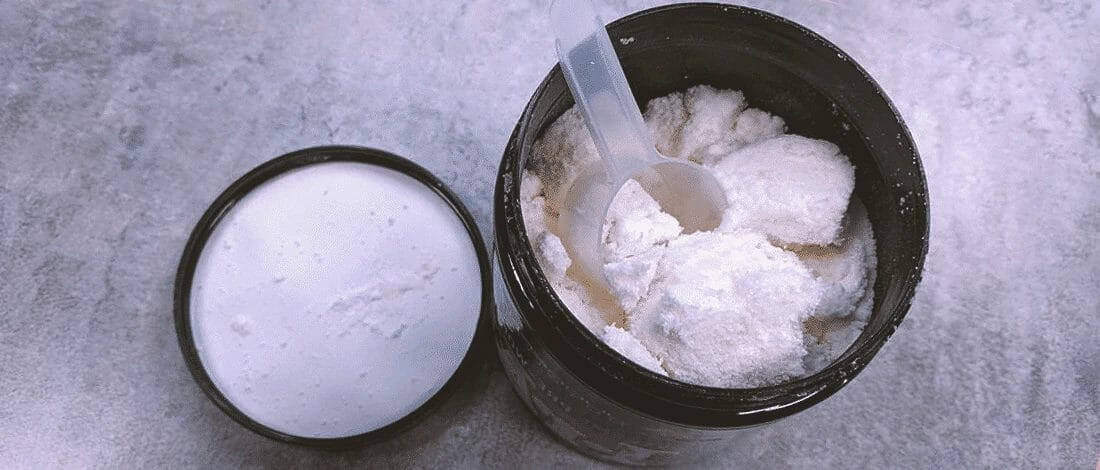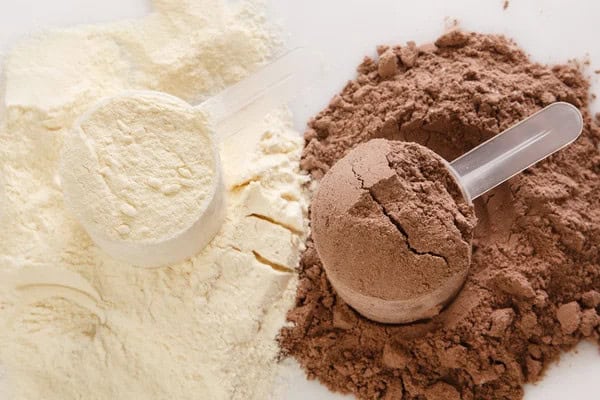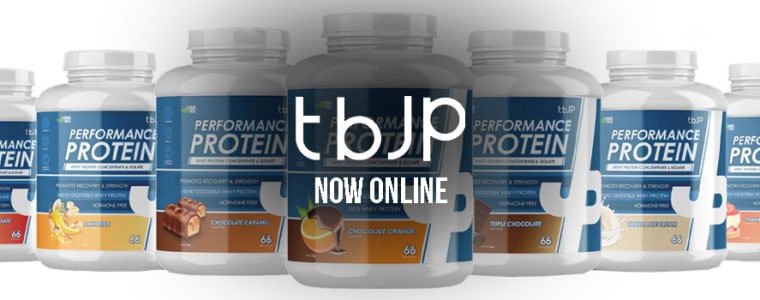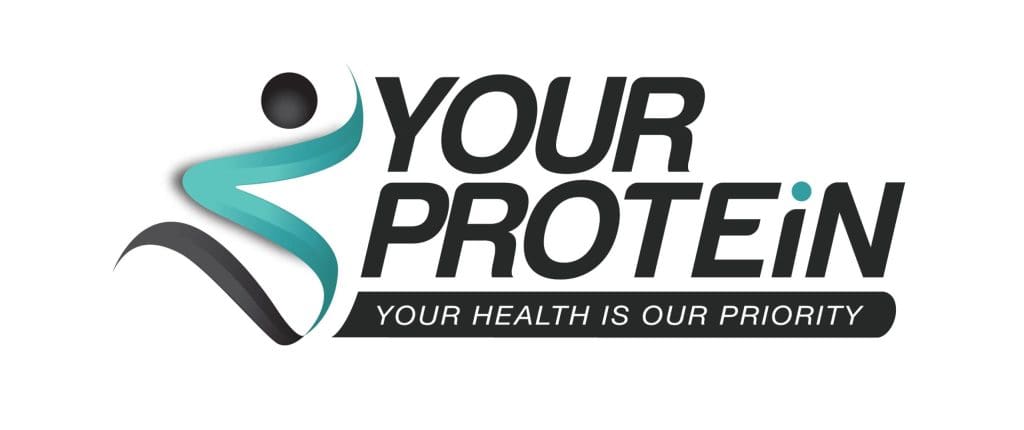
Why Is My Pre Workout Clumpy?
One of the most common questions we get asked online and instore is ‘Why is my pre workout clumpy?’ and if the clumping effects the


One of the most common questions we get asked online and instore is ‘Why is my pre workout clumpy?’ and if the clumping effects the






© 2023 YourProtein – Crafted By:
